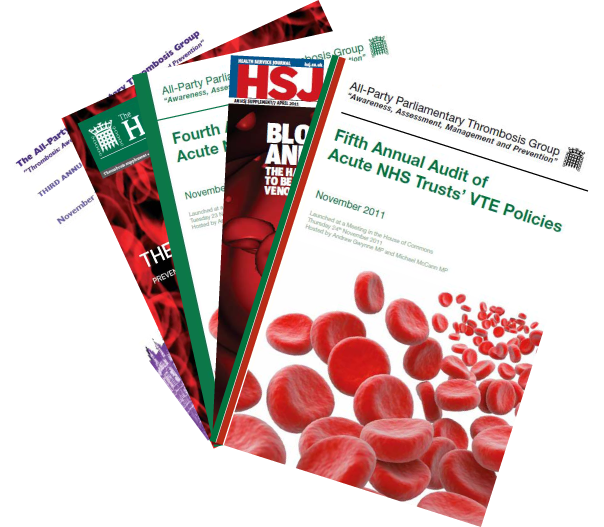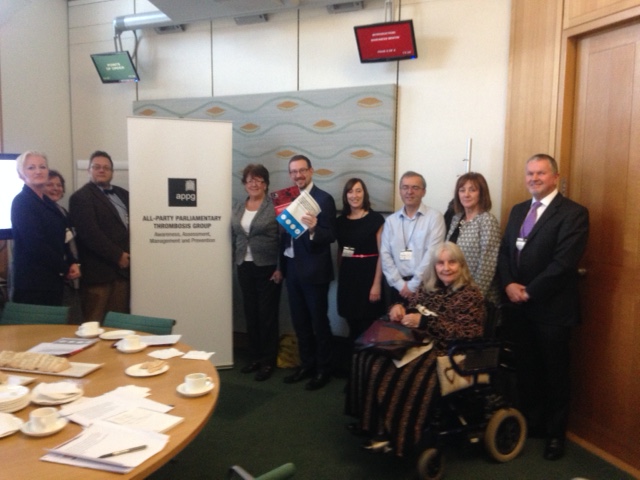Research

The Annual Review
Since its inception, the APPTG has produced annual reports to support the implementation of best practice in VTE prevention in the NHS. Drawing on the evidence gathered by our Annual Surveys of Acute Trusts and CCGs, our reports provide a comprehensive overview of progress in implementing best practice; identify areas for future improvement; and offer recommendations on what more can be done to ensure that NHS services are underpinned by high quality VTE prevention and management.
The Trust specific data gathered to inform the Annual Review is used to update VTEscorecard.com, the APPTG’s e-scorecard atlas. This online tool allows Trusts to benchmark their performance against others in England, by searching for data corresponding to a series of key VTE prevention indicators.
The APPTG’s Annual Reviews going back to 2007 can be downloaded from the following links:
VTE in Cancer Patients
The APPTG has long been concerned about the risks of VTE in cancer patients, and in particular that awareness of the issue is low in the NHS. Our 2015 report Venous Thromboembolism (VTE) in Cancer Patients: Cancer, Chemotherapy and Clots found that an average of 4,000 cancer deaths per year in England and Wales may actually be caused by preventable blood clots. Despite this, we found that many hospitals are not taking appropriate action to reduce the risk to patients. To cross reference these findings and identify longer term trends, the APPTG conducted follow-up research in 2016, which found that VTE is an increasing challenge for cancer patients. On the back of our research findings, the APPTG makes the following recommendations:

- NICE Guideline 92 should be updated to set national standards for reducing the risk of VTE in cancer patients, including those treated as outpatients.
- There should be specific recognition of the VTE risk in Chemotherapy Clinical Reference Group (CRG) service specifications for high risk cancers, with a recommendation for mandatory risk assessment to be undertaken.
- Hospital Trusts should develop specific written policies for the management of suspected VTE in patients receiving chemotherapy.
- Hospital Trusts should note in their hospital associated thrombosis root cause analysis reports whether the patient had a diagnosis of cancer or was undergoing cancer treatment.
- NHS England should mandate that information on the risk of VTE is provided to patients diagnosed with cancer and produce a template patient information leaflet which hospitals can customise.
- Cancer charities, particularly those focused on tumour types with a higher VTE risk, should develop their own written information for patients on managing their risk of a blood clot.
- VTE prevention and management should be included on the curriculum for both pre and post registration oncology training, as well as in the training for chemotherapy and cancer clinical nurse specialists.
The 2016 and 2015 reports can be downloaded below:
Further APPTG Publications
The APPTG is delighted to support further publications aimed at Parliamentarians, clinicians and health commissioners, to raise awareness of specific VTE issues, and support the delivery of the National VTE Prevention Programme.
The Prevention and Management of VTE in Care Homes: Current Standards in England
NHS Innovation Showcase: DVT Diagnosis and Treatment in Primary Care, March 2015
‘The Silent Killer: Preventing VTE’, The House Magazine Thrombosis Supplement, June 2010
‘VTE Prevention, A Patient Safety Priority’, Department of Health and APPTG, March 2009
